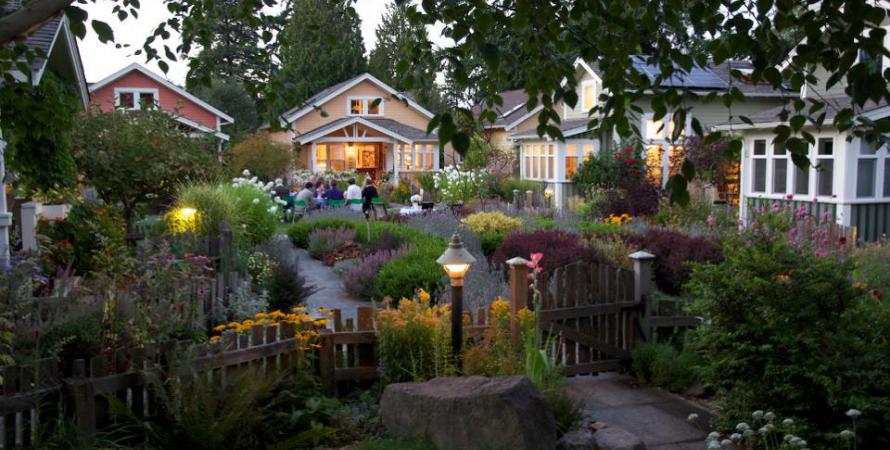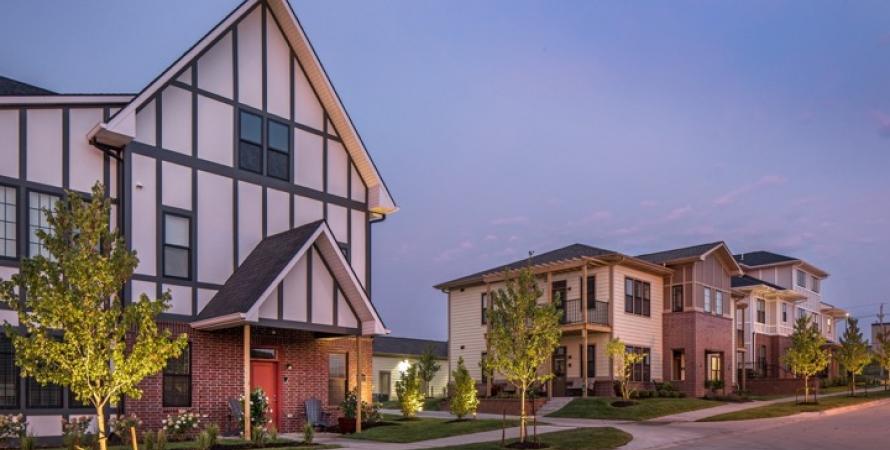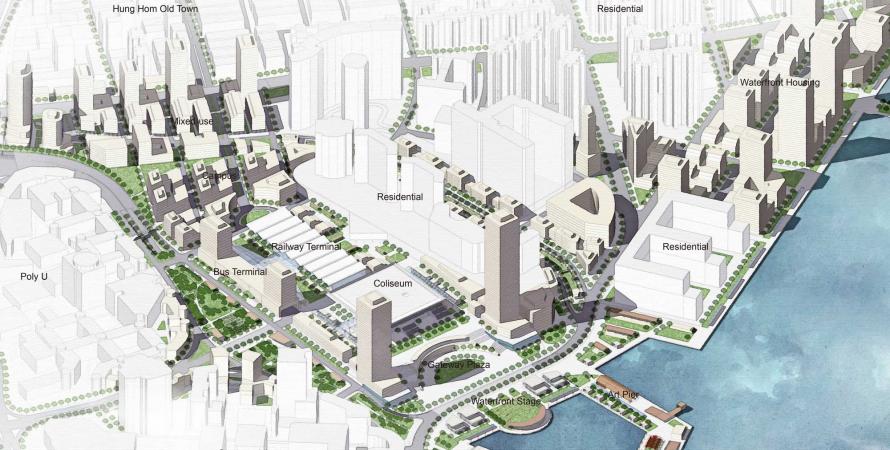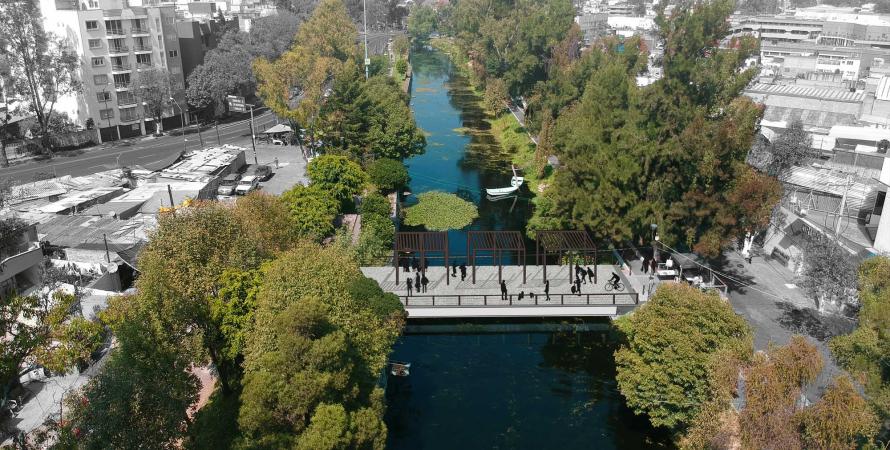-

Testing new ideas with cottage courts
This missing middle housing type is a highly adaptable tool for developers and builders in many locations.Cottage courts, a popular form of “missing middle” housing that is often used in new urban developments, were recently profiled by Forbes magazine. “Today many people are feeling lost and disconnected. They don’t need a great deal of space, but they would like to feel more connected to their...Read more -

‘Missing middle’ neighborhood opens
Prairie Queen is a re-imagining of a suburban apartment complex in the form of a walkable neighborhood.Perhaps the nation’s first exclusively “missing middle” housing neighborhood, the 50-acre Prairie Queen in Papillion, Nebraska—near Omaha—completed its first phase in June. Prairie Queen is a re-imagining of a suburban apartment complex in the form of a walkable neighborhood. The concept, designed...Read more -

Transforming infrastructure in a dense international city
A vision for a brownfield in Hong Kong could be one answer to its housing shortage.As one of the densest cities in the world, Hong Kong has long suffered a shortage of housing and public open space. For the past 100 years, the city’s main urban development strategy came through land reclamation. But a movement to protect the Harbor has put a stop to most of these projects in the...Read more -

Citizen revolt preserves 2,000-year-old waterway
Score one for historic preservation when a canal in use for two millennia was saved from being filled in to create a road and instead planned as a unique public space.The 7.4-mile-long Canal Nacional served as the main transportation waterway during the construction of Mexico City more than 2,000 years ago, and since then has been a conduit of vital supplies, from food to construction materials. It is the oldest linear park in the city—a rich ecosystem that is...Read more